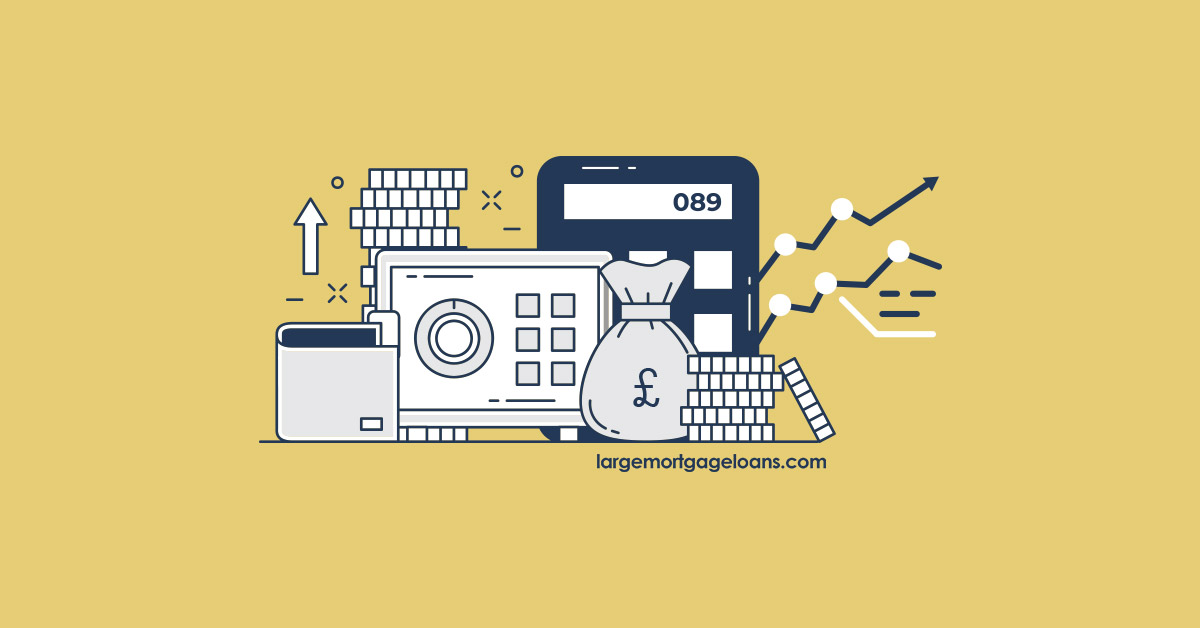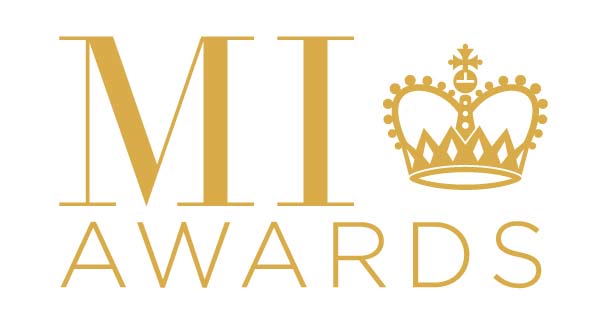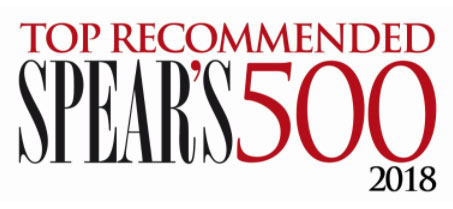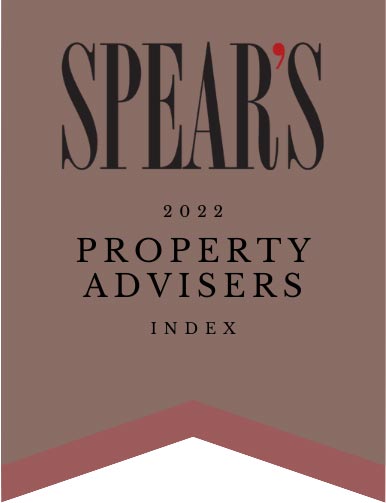There has been much in the media recently about the billionaire Elon Musk and his bid to buy Twitter. One topic which has been discussed was how Musk intended to fund his purchase of the social media platform with the rumour being that he would have raised the finance through margin loans. But, what are margin loans and why do wealthy individuals use them to secure finance?
Margin loans (also known as lombard loans) are an effective way for high net worth individuals (HNWI) to borrow low cost, short term money. But despite their benefits, awareness of margin loans is relatively low, with many potential borrowers missing out on the opportunity to secure finance with terms that suit them.
Unlike a mortgage or a traditional loan, the advantage of a margin loan is that it can be used to finance anything, for example to purchase property, provide cash flow to a business, or reinvest in stocks or cryptocurrency. Margin loans are quick to arrange and can be secured using almost any asset as collateral with favourable terms to meet individual circumstances. They’re a valuable way of borrowing high amounts with lower costs.
So, how can the super-rich make margin lending work for them?
Margin lending works by using the assets of an individual (or company) to leverage against in order to raise a large sum of money. To simplify matters, this article will be referring to individuals, but some companies (namely those with limited public liability) can also take advantage of margin lending.
For example, a potential borrower may wish to use their portfolio of shares as collateral to secure their margin loan. The borrower’s share portfolio (or the portion they wish to use) is assessed and valued and they are offered a loan to value figure – the percentage that they can borrow versus the value of their portfolio. In simple terms, a borrower with a share portfolio worth £10m may be offered a loan to value of up to 70%, meaning they can borrow up to £7m.
Terms are negotiated based on the borrower’s individual circumstances and their ability to repay the loan and, as with a traditional loan, the borrower will be required to pay interest.
It’s also possible to borrow against more than one asset at a time, such as shares, cash, luxury items, cars, art and property. This is known as blended lending.
Margin calls – what are they?
One key feature of margin lending is that borrowers are required to maintain a minimum amount of equity in their margin account. This is to ensure that the loan can be repaid should there be a fall in the value of the assets used as collateral. This amount is calculated using a formula and an agreed percentage known as a margin, which is specific to each borrower’s individual circumstances.
Should the value of the assets drop below the minimum amount held in the margin account, then the lender will make a margin call and the borrower is under obligation either to pay down the loan or top-up the collateral assets. If the borrower fails to take either of these measures, then the lender has the right to sell the assets put up as collateral to recoup their loan, whether that be a portfolio of shares, cryptocurrency or other investments.
Liquidity is key
The key to securing the most favourable terms is liquidity. The more liquid your collateral assets are, the lower the amount you’ll be required to hold in your margin account. This is due to the fact that should the lender need to sell the collateral assets for cash, in the event of the borrower defaulting on their loan, easily sold assets are more attractive. In terms of asset classes, the most liquid is cash, followed by bonds and shares. The least favourable would be niche luxury items such as art and collectables which have a reduced mass appeal and will only attract a certain type of buyer.
Having a liquid asset such as cash might secure you a margin of as little as 0.25% versus art and collectables which is likely to require a margin of 2.75% upwards.
However, there are always exceptions to the rule which is why each borrower’s assets are assessed individually and bespoke terms are agreed. For example, a portfolio of shares invested in higher risk stocks, such as AIM listed companies or emerging markets, will be less attractive than a solid FTSE 100 share portfolio and so the margins offered against these two will vary. In comparison, a popular and well-known piece of art may be highly desirable and have the potential to sell quickly, making it more liquid. If borrowers are able to provide a diverse collection of assets as collateral, then this will work in their favour.

Source: Large Mortgage Loans, September 2022
What are the benefits of margin lending?
Margin lending can provide HNWIs with a highly convenient line of credit. The key benefits include:
- Ability to borrow high amounts of money at a relatively low cost, perfect for making large purchases such as real estate
- Terms are negotiated to suit individual circumstances
- Margin loans can be arranged quickly should the borrower need a line of bridging credit
- By using existing assets as collateral, the borrower can still benefit from any rise in the value of those assets. If they were to be sold in order to free up cash, no future gains in value would be realised
- It’s a relatively low cost way of borrowing money
The future for margin lending
Although margin lending has historically been viewed as a way for HNWIs raising extra funds to make further stock market investments with, margin loans are increasingly being used in place of a traditional mortgage to buy real estate or use as a deposit towards a mortgage, and also to purchase high value items such as cars, jets and even super yachts. They can also be used as a bridging facility for borrowers who need a quick, short term line of credit.
Constant innovations in financial services mean that personal finance products continue to evolve, and margin loans are no exception. The latest evolution to take place is in relation to cryptocurrency with a select number of private banks now accepting cryptocurrency portfolios as collateral for a margin loan, something that one could only have dreamt of a matter of years ago.
One thing is for sure, if billionaires such as Elon Musk are using margin lending then it’s likely that awareness around margin loans will increase, possibly leading to a rise in demand. The big question is, what will Musk use as his collateral? One of his Falcon 9 space rockets? Potentially; sounds like science fiction, but anything could be possible.
This article is for information purposes only and does not constitute advice.
Not all aspects of Margin Lending are regulated by the Financial Conduct Authority (FCA).




















